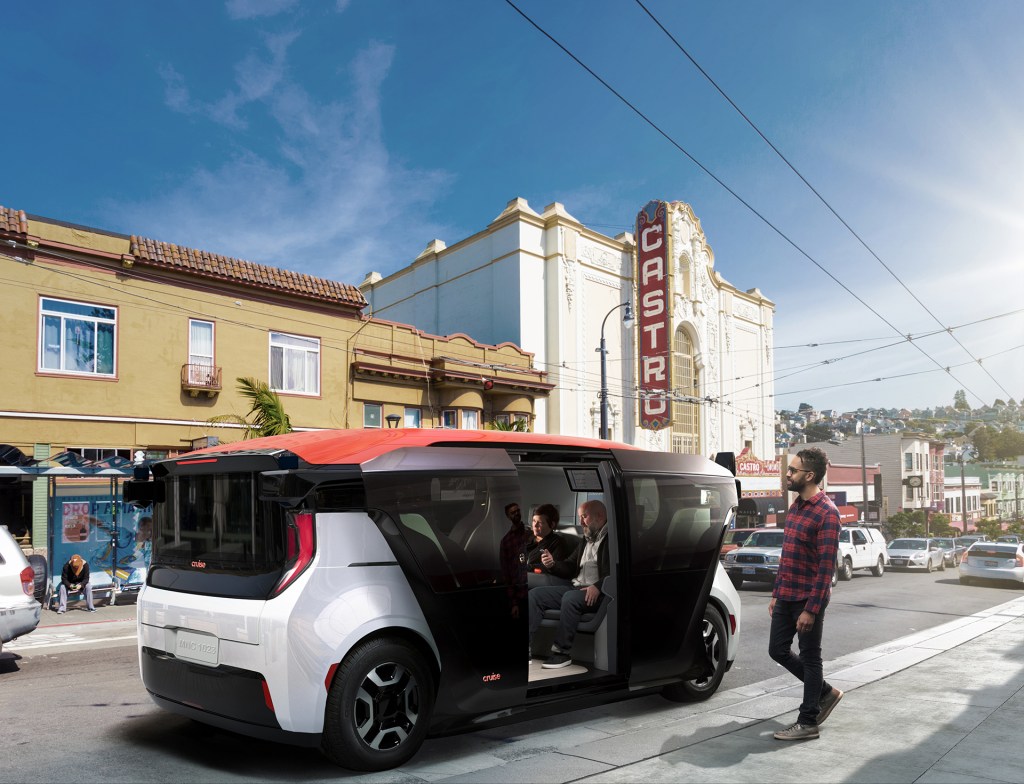
Indian filmmaker Ram Gopal Varma is ditching human musicians for artificial intelligence, saying he’ll use only AI-generated tunes in future projects, a move that underscores AI’s growing reach in creative industries.
The filmmaker and screenwriter, known for popular Bollywood movies including Company, Rangeela, Sarkar, and Satya has launched a venture, called RGV Den Music, that will only feature music generated from AI apps including Suno and Udio, he told TechCrunch.
Varma said he will use the AI-generated music in all his projects, including movies. The entire background score on his new feature movie, called Saree, is also AI-generated, he said.
In an interview, Varma urged artists to embrace AI rather than resist it. “Eventually, the music comes from your thoughts. You need to have clarity on what you want the app to produce. It’s the taste that will matter,” he said.
The director’s move comes as AI continues to make inroads into creative industries, prompting both excitement over new possibilities and concern about potential job losses. Many high-profile directors, including Oscar-winner Christopher Nolan have cautioned against over-reliance on AI, asserting that it cannot replace human intuition in artistic creation.
India leads the world in film production, churning out between 1,500 and 2,000 movies annually. Its music industry is equally prolific, releasing a staggering 20,000 to 25,000 songs annually.
Varma criticized composers for frequent deadline misses and scheduling conflicts, while accusing lyricists of failing to capture the essence of songs. He argued that these human factors often impede the creative process, making music production both time-consuming and costly. AI, he argues, delivers instantly — at “zero cost.”
“Human musicians, composers, lyricists, and singers will be vastly affected and then completely disappear in the near future as the apps keep developing at a rapid pace,” he predicted.
Varma said he was working with startups Reclaim Protocol and Story Protocol to secure the IP of his AI-generated songs using cryptographic proofs.
He said many of his filmmaker friends and others in the industry are also excited by the potential of AI and he anticipates the technology to make further inroads into the Indian movie industry in the coming years.

